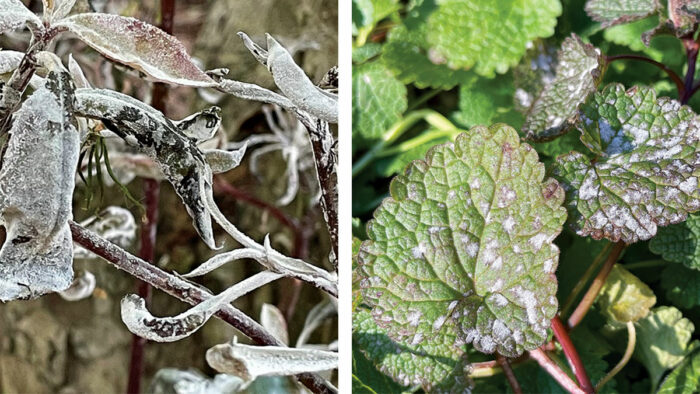
Powdery mildews may be the plant diseases most recognizable to gardeners. They are known for the gray to white patches of dusty fungal growth that develop on leaves of numerous plant species. Over the years, however, I have noticed that powdery mildews are also one of the most misunderstood common garden diseases. A closer look at these diseases should help you better handle them when they inevitably show up.
1. There isn’t just one kind
The first thing gardeners misunderstand is that powdery mildews are not a single fungal organism that, if left untreated, will spread across the garden, jumping from plant to plant in an unstoppable wave of dusty damage. Instead, they are caused by numerous species of powdery mildew fungi, most of which are relatively host-specific and may only infect a single plant, genus, or family, with great variation in susceptibility therein.
The symptoms can be just as varied. Powdery mildews are best known for causing circular white patches on leaves; however, it is important to know that symptoms vary due to the many species and host plants affected. But some infections may appear as little more than a faint dusting across badly distorted new growth, as scabby or rustlike patches on leaves and stems, and sometimes as reddish or purple discoloration and spotting that may lack white powdery growth. Usually, affected leaves of herbaceous perennials will yellow and drop prematurely, while more serious infections on woody plants may result in more permanent withering and distortion of shoots. However, plants are very rarely killed by powdery mildews.
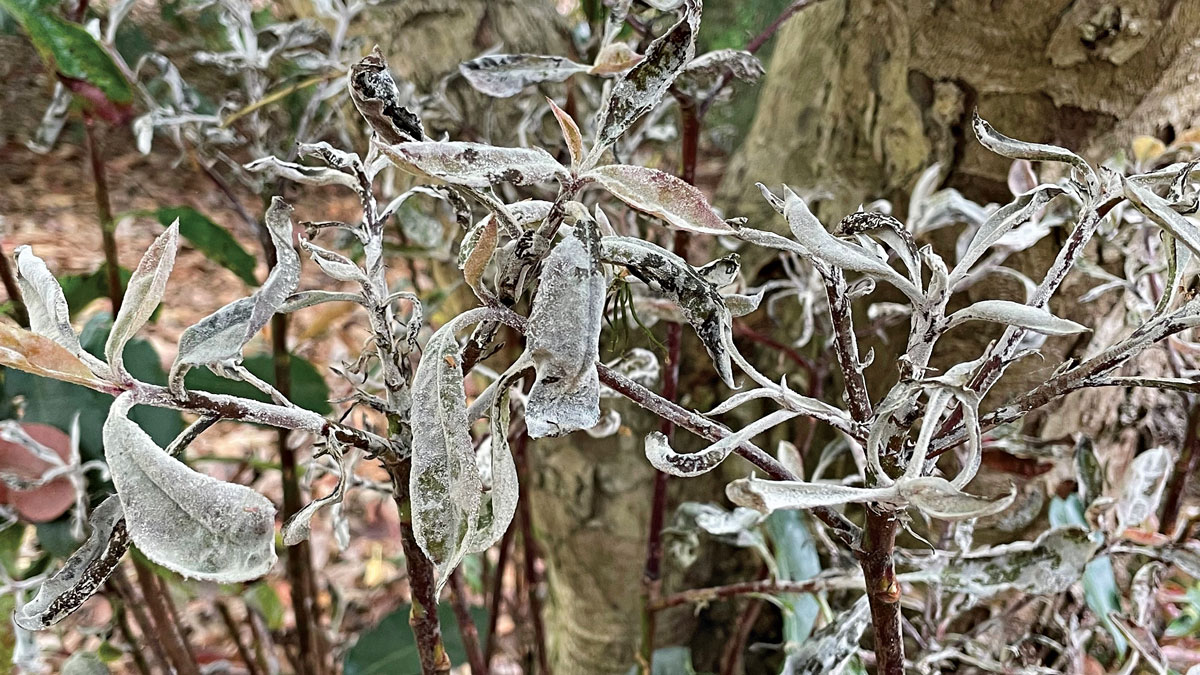
Hundreds of powdery mildew species may be present in your region, with perhaps a few dozen causing common garden powdery mildew infections on their specific host plant groups. So when diverse plant groups in your garden are being affected simultaneously by different powdery mildew species, you know that environmental conditions are generally favoring powdery mildew development, which you can at least partially alleviate.
2. It’s not about wet leaves
A second misunderstanding about powdery mildews is that they are caused by the same conditions that apply to most other common fungal and bacterial leaf spots and rusts. Most fungal and bacterial diseases are favored by warm weather, high humidity, and freestanding water on the leaf or plant surface. This is not the case with powdery mildews, which prefer the warm days, high relative humidity, and cool nights of spring and fall for infecting plant tissues. Wet leaves are not necessary, and water on the foliage actually inhibits powdery mildew infection.
In another departure from most other foliar diseases, powdery mildews thrive in the warm, dry weather of summer. This is because infections that were established in spring begin to release millions of tiny summer spores, called conidia, that float on the breeze and require only a bit of high relative humidity to germinate and infect new plant tissue.
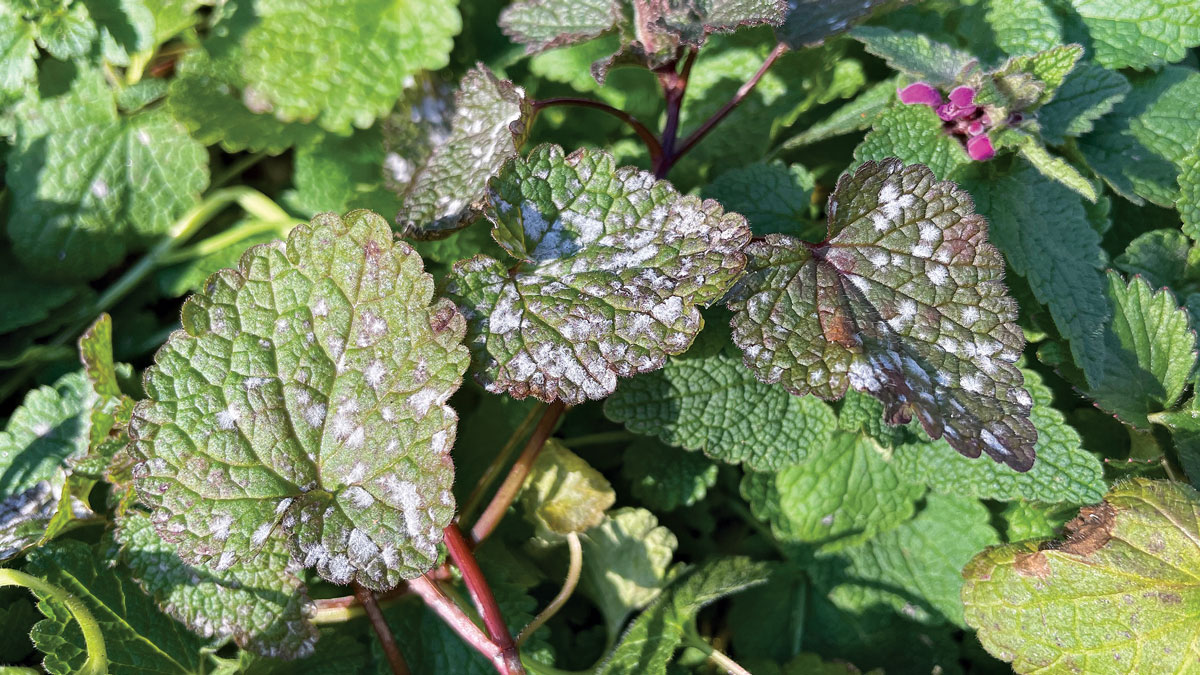
My favorite way powdery mildews are different is that they are among the few fungal diseases you might find active during winter and early spring. An important one to watch for is mint powdery mildew, which is often seen on weeds such as henbit and dead nettle. The powdery mildew species infecting them (Neoerysiphe galeopsidis) has a wide host range and is capable of spreading to many other mint family plants in your garden later in spring, as well as to a few herbaceous shrubs from other families.
3. It’s not untreatable
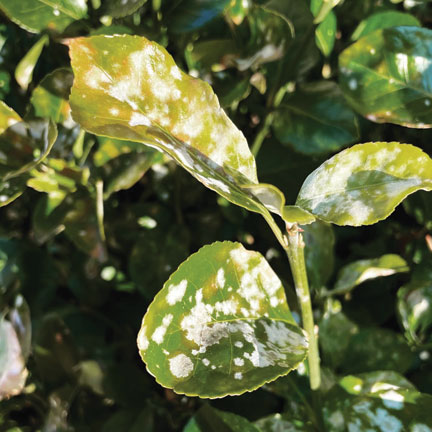
A third misunderstanding is that powdery mildews are difficult or even impossible to treat. They may be difficult to eradicate entirely, but we have many good management options. Remember, though, that infections occurring late in the season are unlikely to cause any significant harm, and no treatment may be required beyond sanitation. If you do need to take action, here are some ideas.
- Cultural: Prune tactfully to encourage air movement and light penetration, both of which reduce humidity near susceptible tissues to some extent. But be careful with your pruning. Overfertilized, succulent, rapid new growth is particularly susceptible. Topping or pollarding susceptible trees, for example, produces flushes of growth over the summer that are readily infected.
- Treatments: There are many fungicides labeled for powdery mildew control, ranging from highly effective systemic fungicides to those that offer only minor protection, such as neem oil. Recommendations vary by state and situation, but keep in mind that baking soda (sodium bicarbonate) can damage plants if the toxic sodium ions are allowed to build up. Potassium bicarbonate fungicides are a safer option for your plants. Wettable sulfur has been used against powdery mildew for around 3,000 years and remains a useful option. Talk with your local extension service first.
- Sanitize: Clean up infected plant material to reduce the amount of fungus that can overwinter and reinfect plants in the spring. Keep an eye on weeds that may harbor powdery mildew species over the winter or in early spring.
Matthew Borden, DPM, is a plant health consultant specializing in diagnostics and integrated management of landscape plant pests and diseases.
Fine Gardening Recommended Products

Gilmour 811673-1001 Sprinkler
Fine Gardening receives a commission for items purchased through links on this site, including Amazon Associates and other affiliate advertising programs.
- Adjustable collar for partial- to full-circle coverage
- Dial precisely sets spray distance
- On/off switch eliminates trips from sprinkler to spigot

ARS Telescoping Long Reach Pruner
Fine Gardening receives a commission for items purchased through links on this site, including Amazon Associates and other affiliate advertising programs.

Greenworks 40V 14" Chainsaw, 2.5Ah USB Battery and Charger Included
Fine Gardening receives a commission for items purchased through links on this site, including Amazon Associates and other affiliate advertising programs.



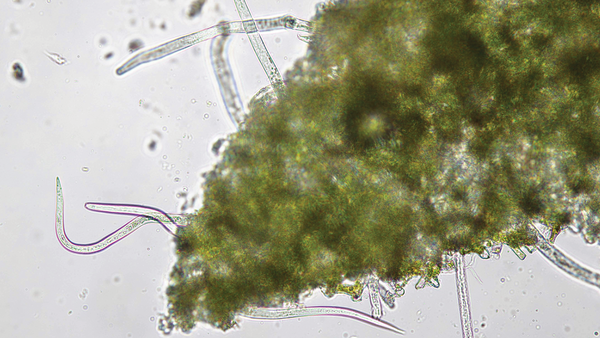















Comments
Log in or create an account to post a comment.
Sign up Log in